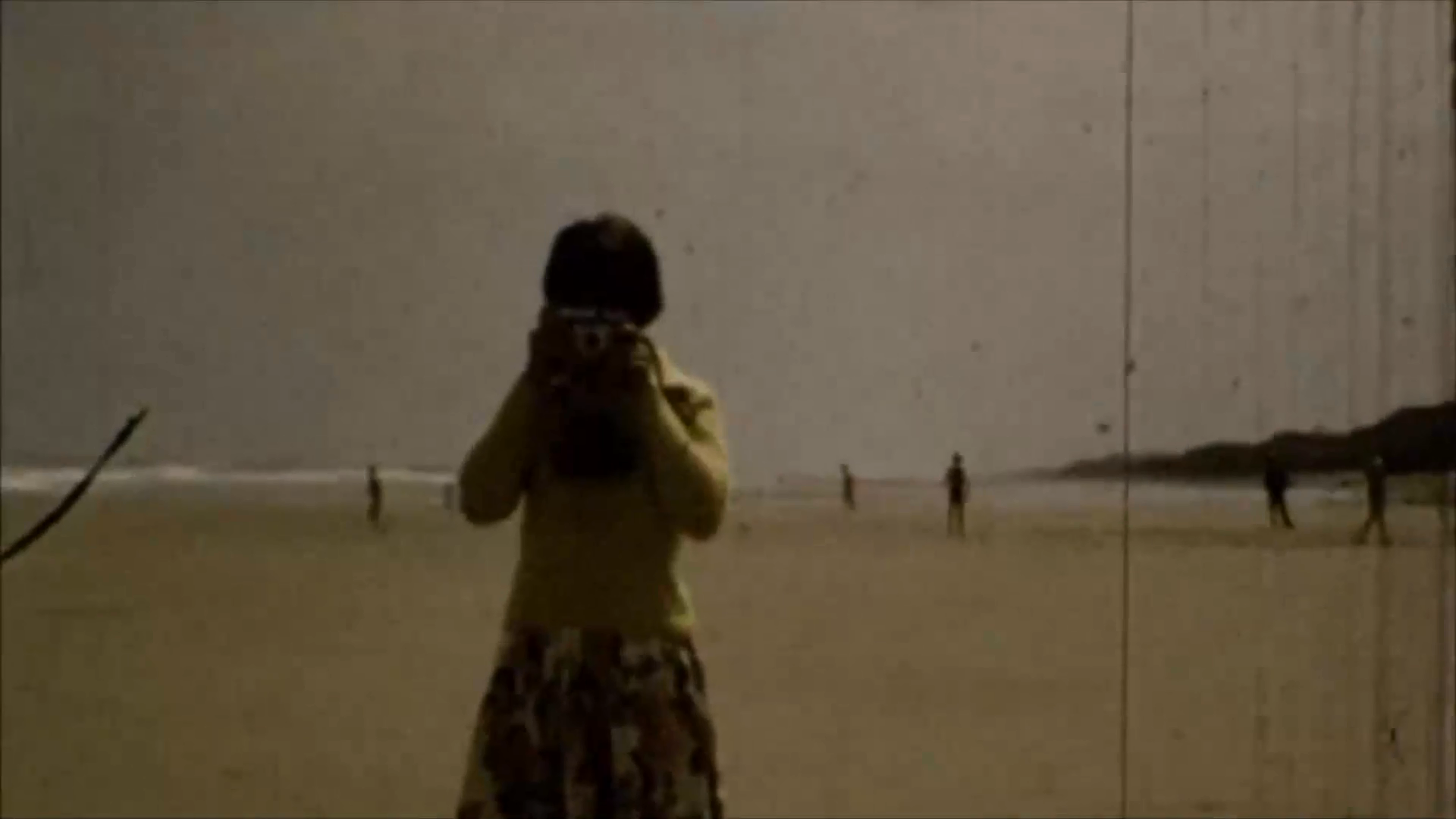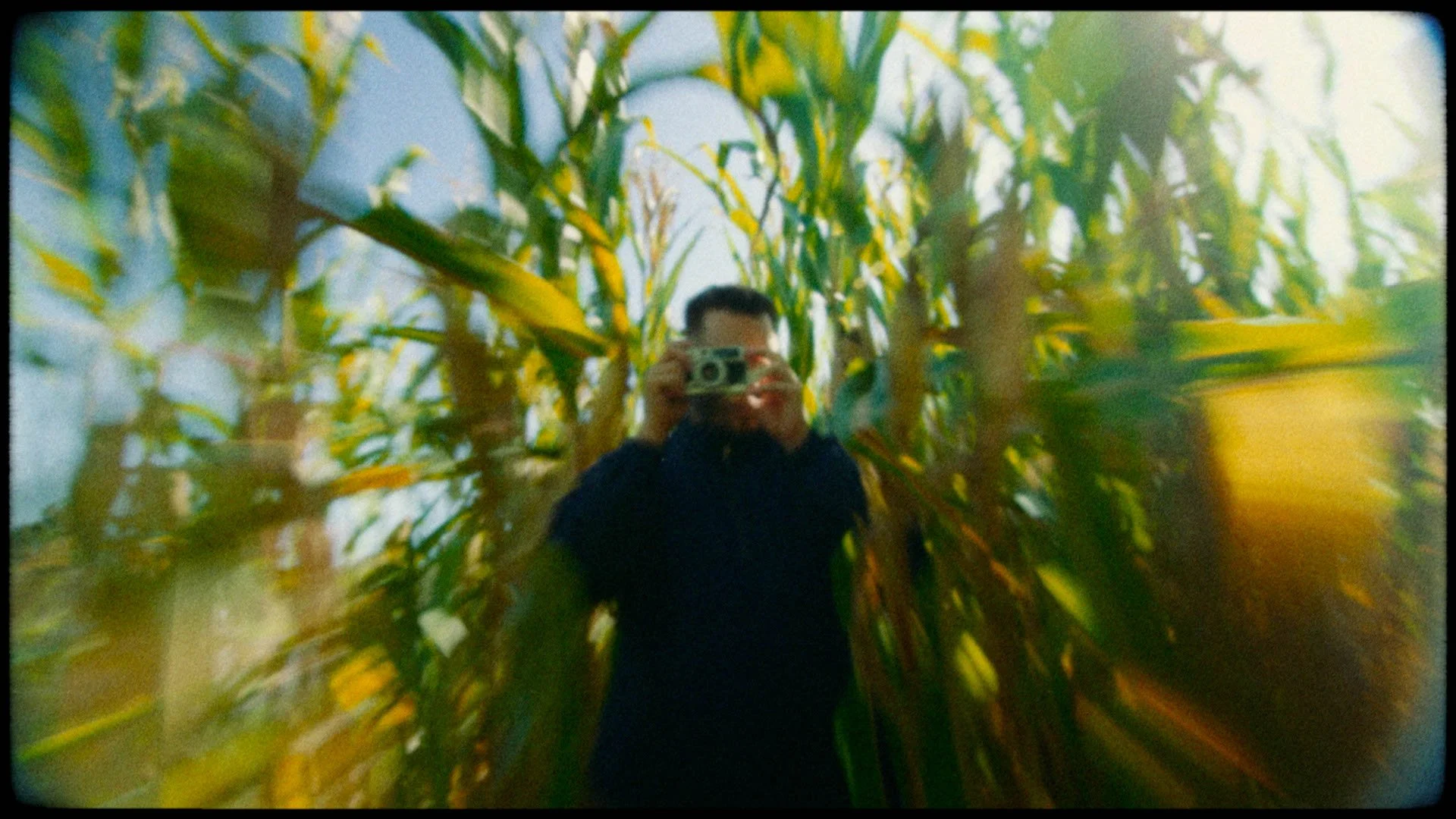Aldbrough
Directed by GAIL SMITH
Australia, 2020
Documentary, Experimental
Found archival footage reinforces the need for climate action to preserve historic communities.
Read our interview with Gail below to learn more about the film.
GAIL SMITH
Learn More
Est. Reading Time: 4 Minutes
MARK (M) I read that the project was partly borne from happenstance as you purchased the raw footage on eBay without knowing that it featured the place you visited during your childhood, which is an amazing story! I’m curious, in addition to marketplaces like eBay, what different types of source materials do you research and use to develop project ideas?
GAIL (G) I saw the film for sale on eBay, it mentioned Aldbrough in the description but I thought it might be Aldborough or Aldeburgh which are different places in the United Kingdom. As you can never rely on the internet for correct spelling, I wasn’t sure that it would be the place I knew as a child so buying it was a gamble which luckily paid off.
G My projects can really begin anywhere, from something I’ve read, watched or listened to, snippets from childhood, conversations with family, a piece of music and/or a journey. My resources will initially be from what I have on hand. I’ll work with them and then if they are not quite what I need, I’ll start searching. In the past, I’ve made shorts using old footage from documentaries, commercials, public safety information films and vintage pop shows. I’ve collected 1960s soul records for more than 40 years so music and vinyl records have been incorporated too. My ideas may not always manifest as a pure film but there is often a filmic or photographic element involved, whether it’s the original concept or finished work. I think this comes from my background in photography.
On Nostalgia
M I really like how you essentially use the power of nostalgia to highlight current climate change issues. Please discuss the importance and value of combining nostalgia with contemporary community and societal issues.
G Once I analyzed and reconciled my nostalgia ‘dilemma’, I realised how I could use the past as a powerful tool to look at both personal and contemporary concerns. I like the idea of using the old to lure people in and make them look, listen and think twice about what that ‘old’ thing is really saying. For example, in my photographic works, it can be something as simple as the title that makes you pause and question why that old photo is asking you to consider your mortality. In Aldbrough, it is the idyllic day out that belies something more sinister that is not just happening in a small Yorkshire village, but in places all over the world.
G Something I learned during the research of Aldbrough and the effect of climate change and erosion was the government neglecting the north of England. Government spending to combat coastal erosion tends to be concentrated in the south of England which generally attracts more tourists. Places like Aldbrough in the north, which are predominantly working-class, have less spent on coastal defenses and now it seems like no-one cares. I recently went back and even more of the little community had disappeared. You look over the cliff and there are huge sections of road broken off waiting to drop onto the beach below.
But it was once a thriving place and those little shacks were bought or rented with hard-earned wages in grim jobs. The neglect of the north exists and it’s very apparent as you travel from London through the country to my home city of Hull - poorer housing and infrastructure, poorer people, fewer jobs, more crime and communities in crisis.
On Process & Discovery
M In making and finishing the film, what did you discover and learn that you might adopt or further explore in future projects?
G I have always liked the research aspect in developing a project and Aldbrough fulfilled all of that intrigue and enjoyment. It was the first time I had to find specific audio clips to match a silent film and I enjoyed it immensely even though it took hours of listening. I discovered a whole world of audio enthusiasts who record anything and everything and make it freely available. The work involved to sound and vision was painstakingly slow because I was unfamiliar with the process but I liked the way I could edit sequences out of context to create the narrative I wanted. I have also started buying old 16mm films to explore with, which goes back to the experimental filmmakers of the 1960s and 1970s.
Mark’s Final Thoughts
Gail grappling with the concept and use of nostalgia in film demonstrates her deep consideration and reflection of art. I really appreciate the fact that she uses nostalgia in a subtle and implicit way. I think Gail understands that it can be important to present an old town brimming with energy and life because it may attract the empathy and interest of viewers in its current state. She recognizes that if and when people further research the town, they will discover its recent environmental decay and therefore have little choice but to consider the impact of climate change. Furthermore, Gail published her analysis and examination of nostalgia in a professional text titled ‘Disrupting The Past: The Beauty of Messing with Nostalgia’ - click here to read it.
Tags Analog Documentary Experimental Landscape Live-action Narration
The founder of Hommage, Mark Shaba published this interview on 07.07.2022. Mark is a filmmaker from Victoria, Australia. He respectfully acknowledges the past and present traditional owners of the land on which he creates, promotes and screens art, the Wurundjeri people of the Kulin nation who are the custodians.
















